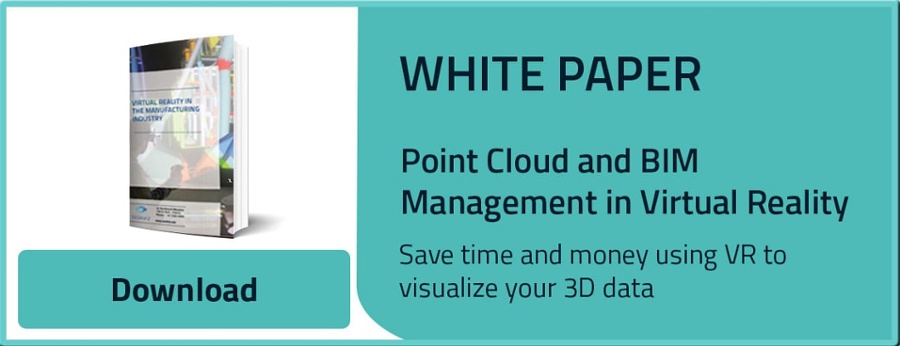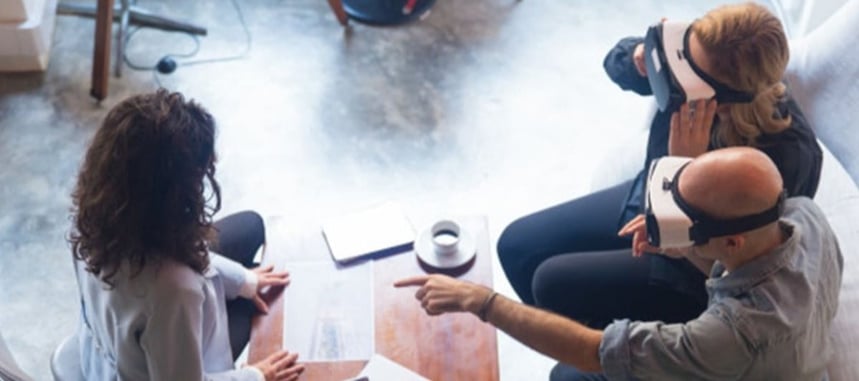[Updated on May 18, 2022]
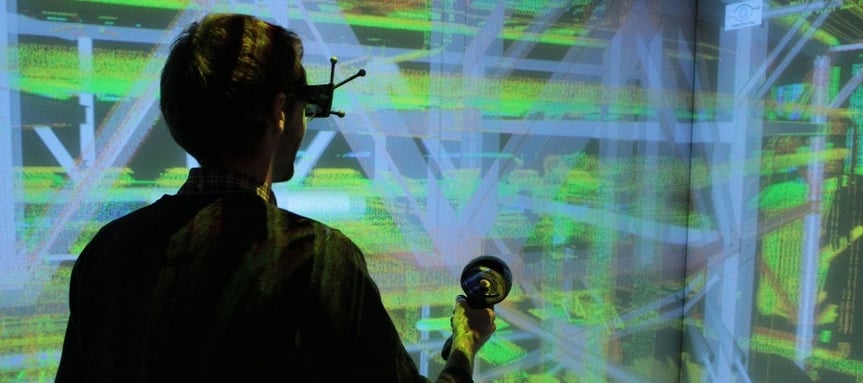
When talking about the digital transformation of the construction industry, 2 technologies come to mind and are being used by professionals of the AEC sector (Architects, Engineers, Construction): Building Information Modelling (BIM) and Virtual reality (VR). As they offer the chance to experience the project while still in the design phase, BIM and VR have proven to be an efficient investment. They've already been making a fundamental change in the way the construction industry plans, designs, develops and manages a construction project. Also, they enable all the people collaborating around a project to have the same level of information, while making the process more reliable, productive and cost-effective.
Many companies in the AEC sector are already working with BIM models on a regular basis. But most have yet to adopt VR into their construction process.TABLE OF CONTENT:
- Construction Project Management: When is it relevant to use Virtual Reality?
- 6 Benefits from combining BIM and VR in construction projects
- TechViz Software: a performance lever for construction business
Construction Project Management: When is it relevant to use virtual reality?
Whether the model the architect team is working on is the size of a house or of a bigger scale - like airports, stadiums or hospitals, VR offers the opportunity to check a project in its entirety. It improves the process at every stage. In all cases, VR makes construction projects easier for all the parties involved.
TechViz VR software enables construction companies to optimize their design-to-build process: they can instantly visualize both their building-model and the 3D scanning of their building in the same virtual environment.
1. Using VR during the design and engineering phase
One of the challenges of designers and engineers is gaining accurate insights from end users. Will they adhere to the design choices? Will the different workspaces be easy to use? For example, if you are aiming to build a hospital, you must be cautious about the line of sight of physicians and nurses, so that they can easily check on their patients.
Whereas in 2D the architect walks the audience through the design on a PC screen, in VR the audience can navigate and explore the design from their own perspective. This way, people can identify directly potential issues. Virtual Reality becomes key to avoiding design flaws. VR in architecture and constrution projects holds many advantages for your business, from a better understanding of the plans to convincing financial partners.
Besides, VR also offers a set of metadata you won’t get while viewing a 3D model on a PC screen. VR software enable users to take measures, pin bookmarks and take notes that will help optimize the design-to-build processes. They also provide with the interactions the user had with the model like what they looked at, and how they navigated the future place. This will be very important to improve the ergonomics of the building.
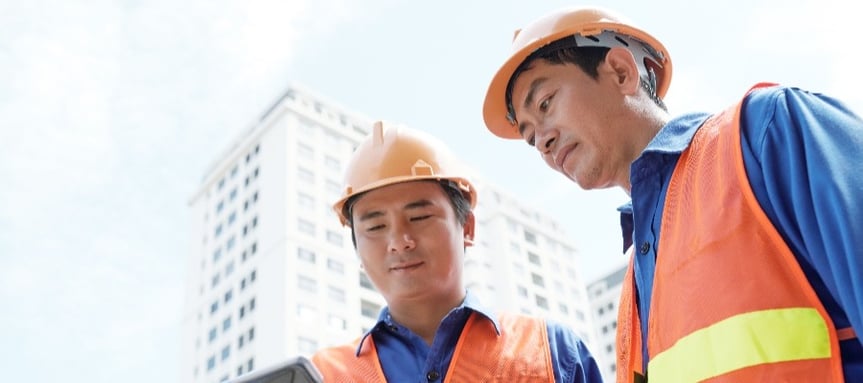
2. Using VR during costs estimations and planning schedule
With BIM data in VR, estimators can monitor if what they had planned actually matches with the information and ideas provided by the other participants. By visualizing and contextualizing BIM data through VR simulation, each team involved can literally show their challenges and make them understood by other participants. Communication becomes smoother and at the end of the day, it generates a significant reduction in lead-time and costs.
3. Using VR during coordination and construction
Working on a digital mock-up helps everyone get a better vision of the different finish features, and understand complex and large-scale projects better. Complex projects may have several typologies of end-users. If you think about an airport, you will have the clients, the desk employees, security and maintenance. All of them use the same facilities with different objectives. In this case, understanding the different spaces and the direction of traffic is crucial.
VR software allows you to see the BIM model in a real-like environment. This is an effective way to visualize the logistic challenges and construction impact of a building. You will be able to anticipate better whether you need to use cranes for your project, or if there are occupied facilities around the construction site that can’t be shut down during the construction.
4. During facilities management and operations
Having a VR model provides the building staff and maintenance personnel with a clear understanding of the location of the equipment. It helps creating safety plans of areas - just like operating rooms, you can’t access easily because of the need of security or safety clearance.
BIM models include metadata with names and properties of the chosen equipment. This information can be a good basis for 3D documentation. Facility managers can use them to better train and inform their staff.
6 benefits from combining BIM and VR in construction projects
Virtual reality and BIM projects work hand in hand with 3D modelling. They help architects and engineers detect spatial issues, collisions and design limitations. They also give the different people working on the project a common environment to collaborate better and make decisions based on accurate data.
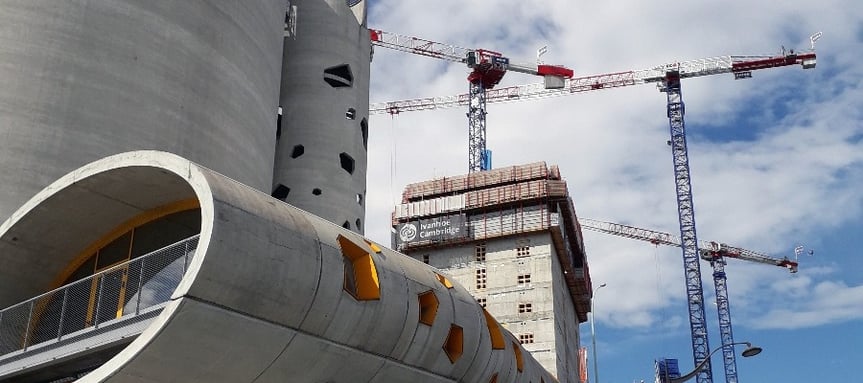
1. Detect errors at an early stage of the construction project
Some inconsistencies can’t be seen on 2D drawings, and might be too complex to be easily detected with just a 3D model. Yet, it is critical to look for errors and clashes in the beginning of the project to avoid detecting them later on directly on the construction site. Undetected errors can leave your teams over budget and out schedule. Using Virtual Reality, you can you can visualize your 3D model at the very beginning of your construction project, to foresee problems.
2. Optimize costs and schedules
The construction industry is very competitive, and it’s not just a matter of getting the job done. It’s about saving your margins, which is why digital transformation of the sector helps companies improve how they monitor their costs and schedule their operations. Virtual Reality offers you tools that will help you decrease your construction costs and avoid delays, because you can just step inside your BIM models and identify in each construction step the possibilities to optimize costs and schedule.
3. Improve collaboration with stakeholders and on-site workers
One of the biggest challenges of any construction project, especially large projects or complex ones, is the communication between stakeholders. You want to avoid creating silos of information for your project. With BIM and VR, you can share all the data needed by every team, and an environment that enables them to work together on a real-like building, even if they are not located at the same place. Everything can be presented and validated by all stakeholders at the very beginning of the project.
Beyond showing the errors on the model to everyone involved, it also allows the different teams to improve communication and coordination on operations.
4. Increase the quality of delivery
BIM data in a virtual environment enables faster and more robust decision-making, as well as a better communication between stakeholders. Everyone collaborating better on the project, and better-thinking budget costs will raise the quality of the overall project. Better communication between teams leads to less errors, and leaves no margin to misinterpretations.
5. Avoid costly rework
VR enhances the communication between the different participants of the project and reduce rework:
- You don’t get delayed due to a lack of detail or an inaccuracy in the plans
- You get a quick access to the latest plans, including bookmarks and detected issues
- You can track daily activity. This will inform all the participants to the project and make it possible to address issues earlier and more efficiently
- You can identify the problem that caused rework on your project and avoid it for the next ones
6. Make the project more accessible for your clients
The combination of BIM and VR gives the client access to information they traditionally didn’t have. They will be able to understand the estimate, the schedule and the construction steps easier by being immersed in virtual reality. This will enable them to take decisions based on a better comprehension of your construction project.
Virtual reality software: a performance lever for the construction business
One of the biggest challenges of BIM management, is that different stakeholders work around their own model. VR enables all users to gather and participate on the same project. They can share accurate data, without converting the laser scan into a 3D model and risking to lose crucial information. You'd like to learn more about using virtual reality in construction? Download our below white paper:






 Back to Blog
Back to Blog
